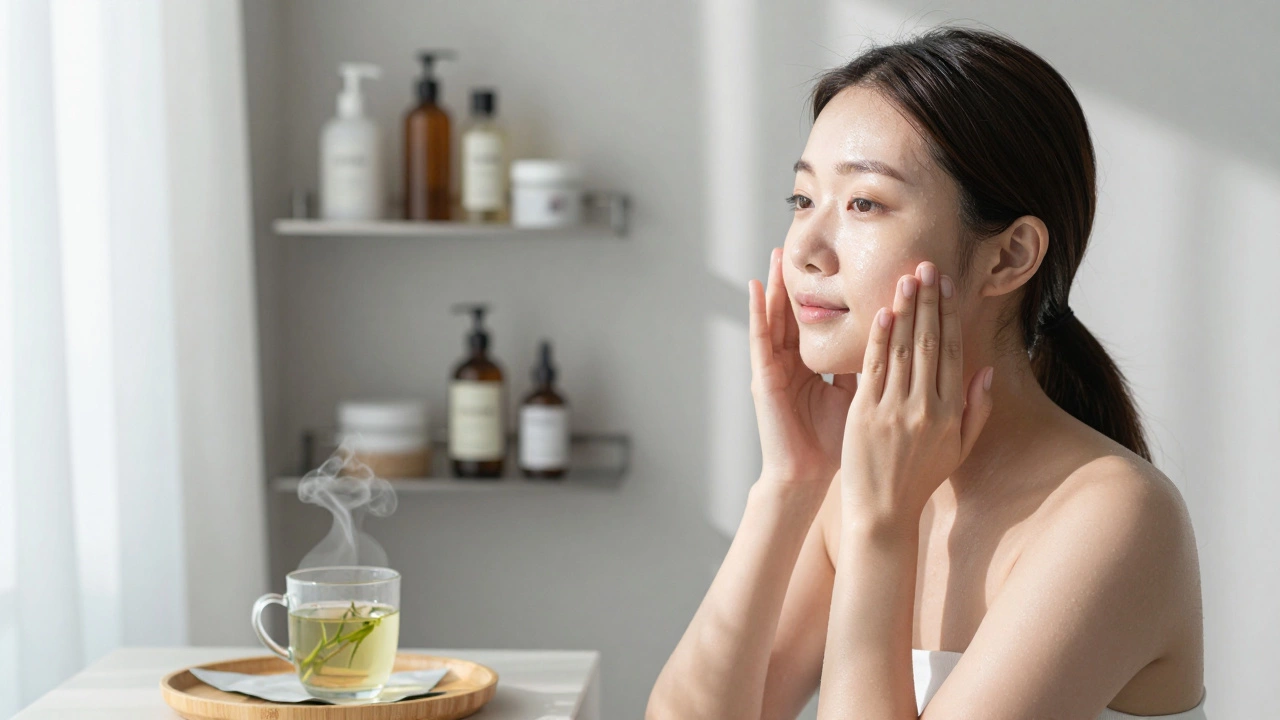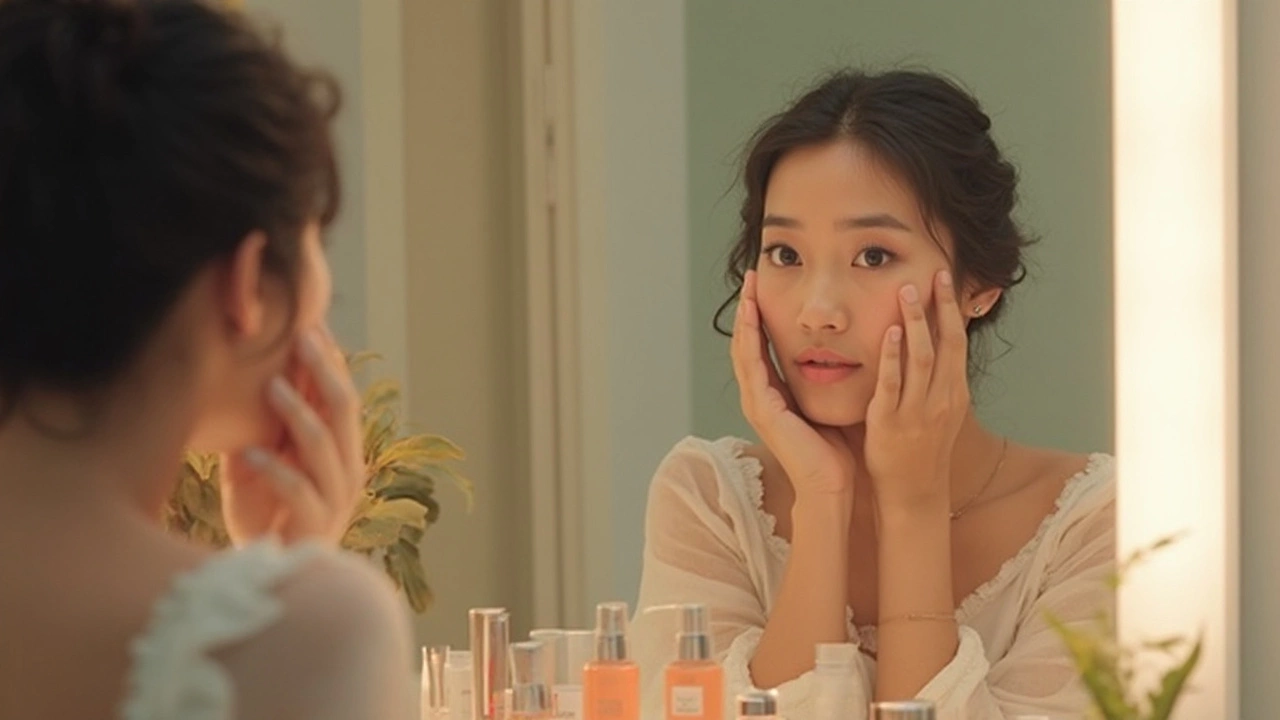Korean Skincare 101: What You Need to Know
If you’ve ever seen a Korean actress with glass‑clear skin, you’ve probably wondered how they do it. The secret isn’t magic – it’s a thoughtful routine and a few powerhouse ingredients. In this guide, we’ll break down the core steps, show you the most popular Korean products, and give practical tips so you can start seeing results without spending a fortune.
Core Steps of a Simple K‑Beauty Routine
Traditional Korean skincare can look long, but you can start with just four basics: cleanse, tone, treat, and moisturise. First, use a gentle oil‑based cleanser to melt away makeup and sunscreen. Follow with a water‑based cleanser to rinse away any leftover residue – this is called double‑cleansing and it leaves your skin feeling truly clean.
Next, apply a toner that balances pH and adds a thin layer of hydration. Korean toners are usually watery, so you can pat them in with your hands instead of using a cotton pad. After toning, pick a treatment – this could be a serum, ampoule or essence that targets your main concern, whether it’s brightening, acne, or fine lines. Finally, lock everything in with a moisturizer that suits your skin type.
Optional extras like sheet masks, sunscreen, and occasional exfoliation can be added, but the four‑step core works for most people and keeps the routine manageable.
Trending Korean Ingredients You’ll Love
K‑beauty brands love unique ingredients that deliver visible results. Snail mucin is a crowd‑favorite for repairing skin and reducing redness. Fermented extracts like galactomyces boost radiance and help the skin absorb other products better. Rice water offers gentle brightening, while cica (centella asiatica) calms irritation and supports the skin barrier.
When you shop, look for these ingredients on the label. You don’t need to use every product that contains them – just pick one or two that match your skin goals. For example, a snail mucin serum can be a great addition if you’re battling post‑acne marks, while a rice water essence works well for dull skin.
Now that you know the steps and key ingredients, here are three easy ways to start your Korean skincare journey without feeling overwhelmed:
- Pick one clean‑serum combo. Choose a gentle cleanser and a brightening serum with vitamin C or niacinamide. Use them morning and night for two weeks and watch for a smoother tone.
- Add a sheet mask once a week. Sheet masks are cheap, fun, and give an instant boost of hydration. Look for ones with hyaluronic acid or cica for calming effects.
- Never skip sunscreen. Korean sunscreens are lightweight and non‑greasy. Apply at least SPF 30 every day, even when it’s cloudy.
Stick with these basics for a month, then layer in more steps like exfoliation or a richer night cream if you feel ready. The goal is consistent care, not a marathon of products.
Remember, Korean skincare isn’t about using a dozen products at once – it’s about choosing the right ones for your skin and using them consistently. Start simple, watch how your skin reacts, and adjust as needed. You’ll soon see why this routine has a global following.
Why Do Koreans Have Good Skin? The Real Science Behind Their Routine
Koreans don't have perfect skin by accident. Their routine focuses on hydration, gentle ingredients, and daily sun protection. Learn the science-backed habits behind their clear, glowing skin-and how to adapt them to your own life.
Korean vs. Japanese Skin Care: Which Routine Works Best?
Korean and Japanese skincare both promise glowing skin, but their approaches look different. This article breaks down what sets each routine apart, what skincare lovers can expect, and the science behind their hero steps. You'll find tips for getting the most out of both styles without all the hype. Whether you're a total beginner or consider yourself a skincare nerd, this helps you decide which path fits your lifestyle—and your face—best.


 Hair Care
Hair Care